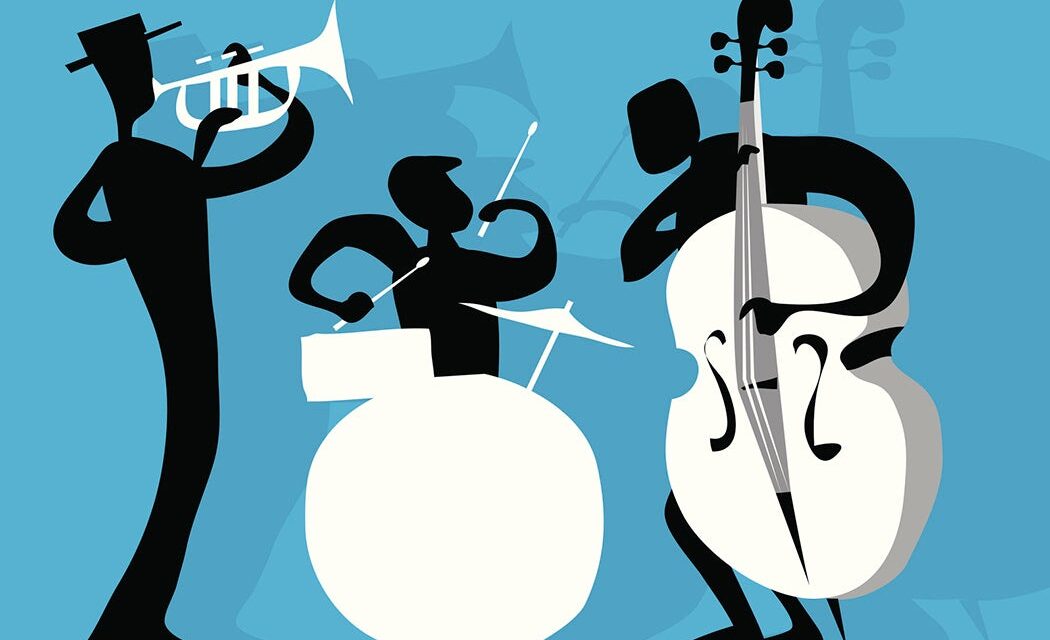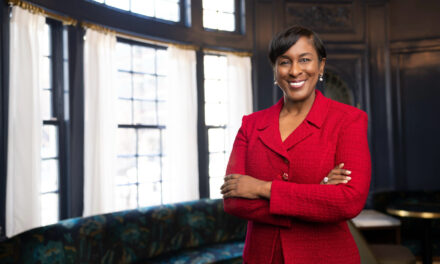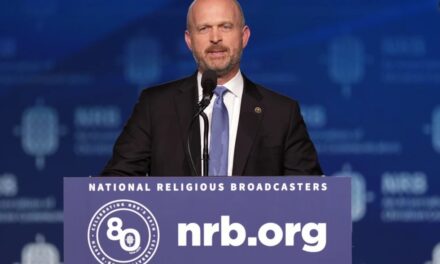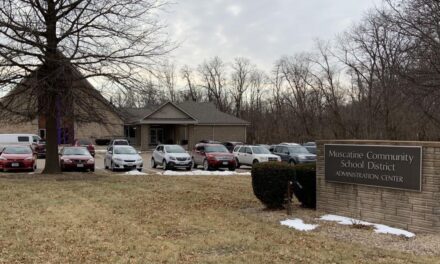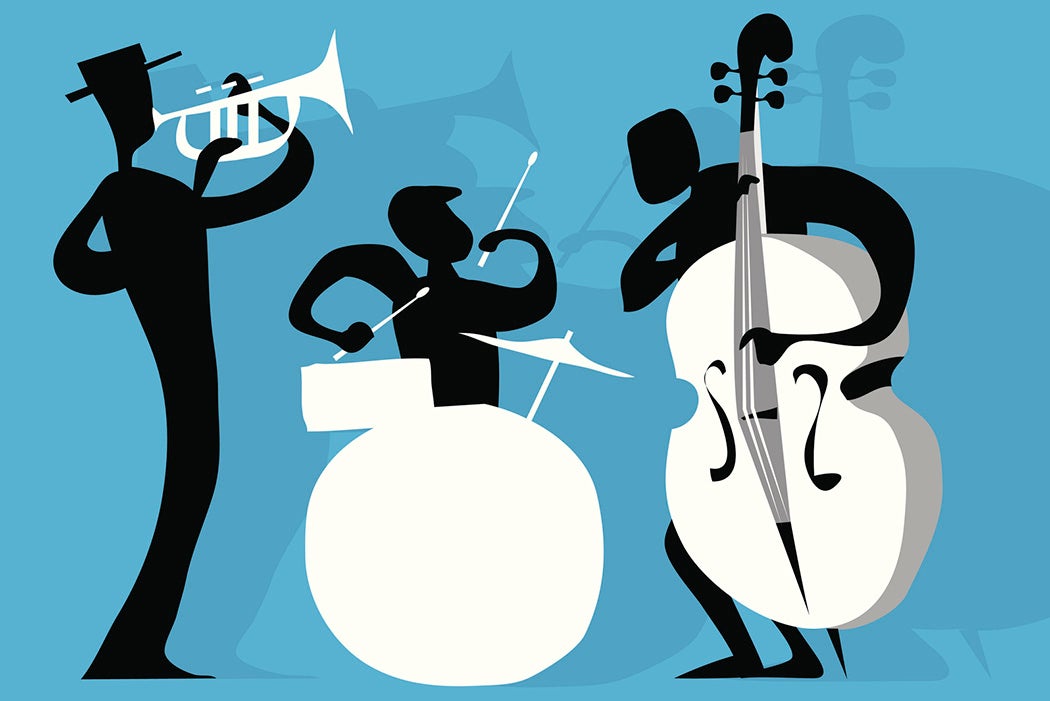
The icon indicates free access to the linked research on JSTOR.
Leo Phillip LaMar was a boxer. But that’s not how he earned his fame—or at least it wasn’t the only way. In 1933, LaMar took over the Ozark Club in Great Falls, Montana. The Ozark and other “colored” social clubs (as they were then called) on the south side of the city “provided entertainment and, in some cases rooms, and were centers for [B]lack nightlife,” writes historian Ken Robison. Under LaMar’s leadership, the Ozark became one of the city’s most successful clubs. Later, it would break the rigid color lines enforced in most social venues.
After getting a job as a Pullman porter in 1920, LaMar found himself stepping off a train in Great Falls. The city was in the midst of a boom, and as Robison writes, it “had nearly doubled in population over the previous decade to twenty-four thousand.” There were three hydroelectric plants, nearby coal deposits, fields rich with oil and gas, and both copper and zinc refineries. But as in much of the US at this time, the opportunities created by mining and industrialization weren’t available to everyone.
Though Great Falls was hopping, its Black residents couldn’t fully enjoy it.
“Unofficial though pervasive segregation and discrimination placed many constraints on African Americans,” Robison writes.
Black residents were barred from most restaurants in the city, except for the Black-owned ones on the lower Southside. And the high-paying jobs from all of those booming industries were off-limits, as Black workers weren’t allowed to join unions.
LaMar fared better than most in town because he had his railroad job and his quick hands, the latter being really useful as Montana had only recently legalized boxing. During 1920–21, he went undefeated in the ring. But no one can box forever. LaMar married Garneil Winburn, who was part of a prominent Black family in town. Winburn and her family were active in the local African Methodist Episcopal church, a hub of the city’s Black community. And after the couple had four children, LaMar was ready for his next act.
The Ozark Club had been a part of the community since 1909, and LaMar and other Black boxers used the space to train. At the time, only Black members were permitted membership, but white patrons would occasionally come as members’ guests.
Early in the war, LaMar began welcoming all comers, even making “Everyone’s welcome” the club’s motto.
The first iteration of the Ozark Club closed in 1922, but on December 5, 1933, the same day that Prohibition ended in Montana, LaMar reopened it, again as a members-only club for Black patrons. And though the end of Prohibition marked the end of underground drinking, the Ozark Club still kept a hint of the past. In 1934, it was charged with serving illegal moonshine. After the untimely death of Garneil in 1936, LaMar, who was splitting his time between the club and his railroad job, devoted all of his time to the club.
World War II was bringing even more life to Great Falls, as there were two new US Army bases, bringing the population up from 30,000 in 1940 to more than 45,000 in 1944. Many of the soldiers were Black, but as in earlier years, they were denied entry to most establishments—even the USO club. They formed other social groups, but it was at the Ozark Club that “the soldiers found fun, music, and dancing.”
Not only Black patrons found the fun. Early in the war, LaMar began welcoming all comers, even making “Everyone’s welcome” the club’s motto. The Ozark’s doors were open to all races. By 1944, it incorporated as a non-profit and did away with its members-only status.
Maybe what really drew the crowds was the music. The club had a house band led by tenor sax player Bob Mabane, who’d played in be-bop bands in Kansas City alongside Charlie Parker. Under Mabane’s leadership, the club “achieved fame for featuring jazz musicians, [B]lack and white, from all over the nation.” It became a major stop on the Chitlin’ Circuit, venues across the nation that were safe for Black performers and patrons. Musicians and dancers, drag queens and striptease dancers, all graced the stage.
Though legal battles would cloud the last years of the Ozark, its end came in 1962 with LaMar’s death, which was soon followed by a fire that destroyed the club. For a time, however, it was a safe haven, a spot to relax, to be free, a place “where ‘Everyone’s welcome’ played an important part in transforming the Great Falls community.”
Support JSTOR Daily! Join our membership program on Patreon today.
